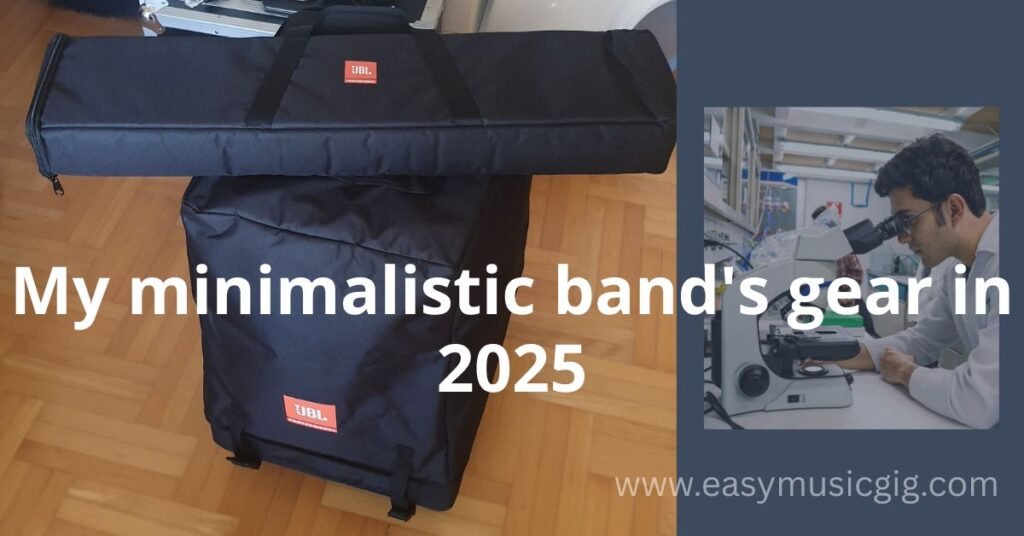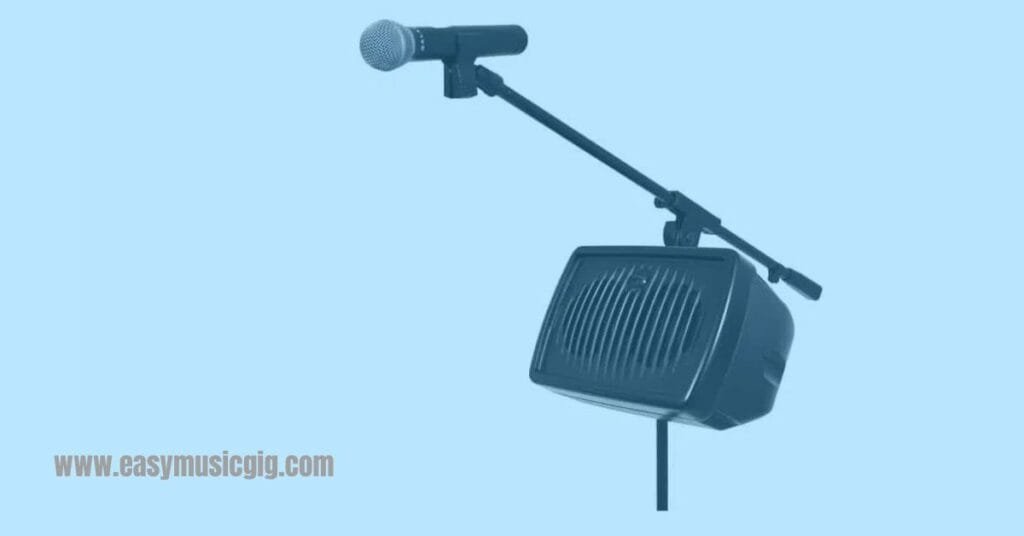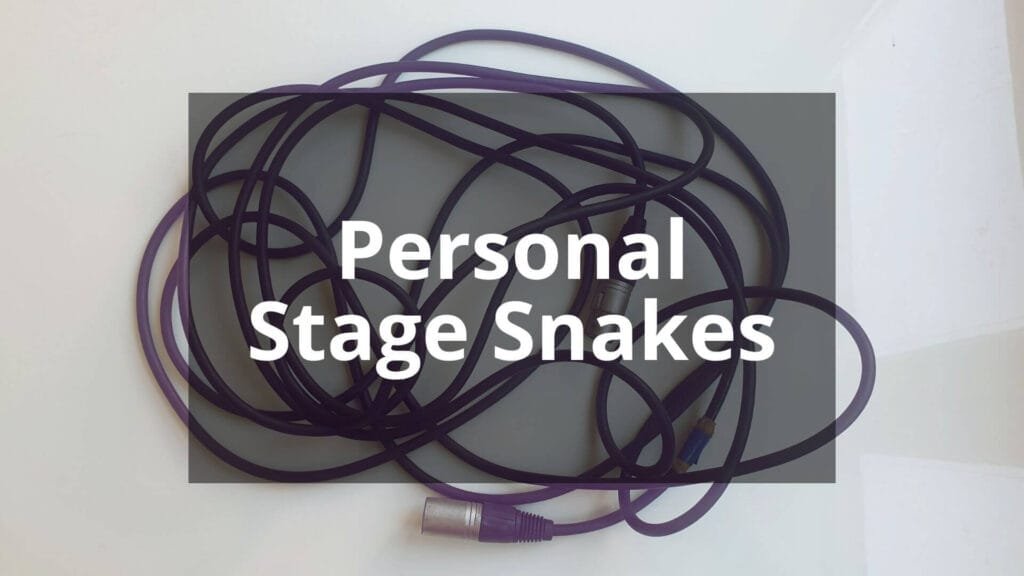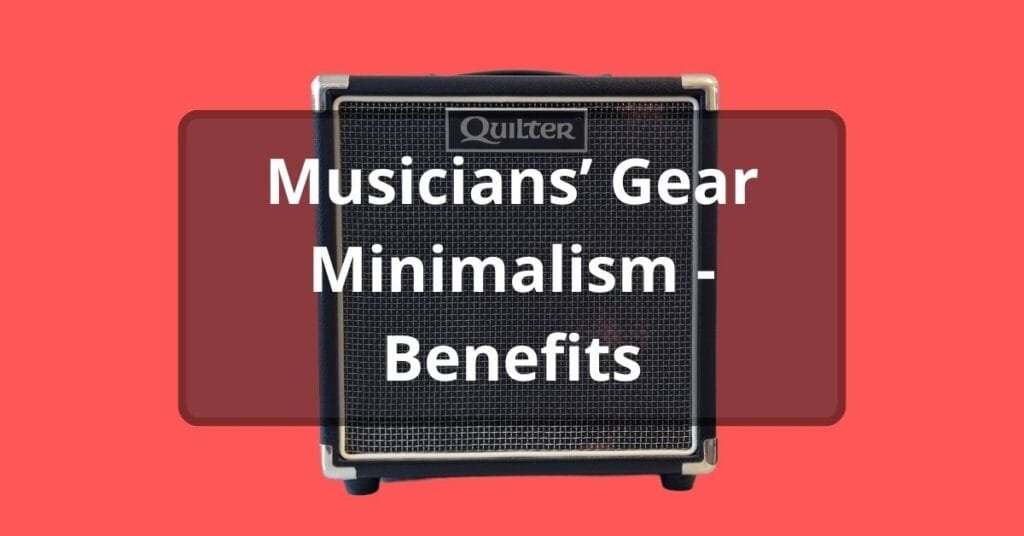My minimalistic band’s gear in 2025
Hello, my gigging friends! It’s been a blast this summer of 2025 for me and my band. There have been lots of changes with the regular gigs we play. The big decline in gigs that has been going on for years hit us hard at first, but with some adjustments, the number of gigs was pretty much the same as in previous summer seasons.
As some of you know, I’ve been writing about the minimalistic approach to gigging now for about two years. This summer we made a couple of big changes in our gear setup that have made our gigging experience so easier that I had to share this with you. This is the recap from my point of view as a main vocalist and guitarist in the band. Here’s what changed.
PA, monitor, and mixer setup
First of all, I have to say that my band plays small gigs almost every day during the summer season here on the coast in Croatia. They are played at hotels, camping resorts, and beach bars. My band, the Pacific Bullets, consists of a drummer, a bassist, and me, a singing guitarist, where the bassist and drummer provide backing vocals.
There is no need for a PA with more than a couple of hundred watts, even with the drums mic’d. For this, we used a pair of Db Technologies Flexsys 12A active speakers, which are very natural-sounding, especially for the type of music we play: 50’s & 60’s rockabilly, surf, swing, and R&B covers.
Next, you need a mixer. For that, we used a Behringer XR18, which is a very compact digital mixer, very easy to use, and has a ton of features. Over the years, only one monitor proved to be sufficient for what we do. Last year, I purchased the IMG Stageline Flat-M200, which is brilliant for these small and mid-sized gigs. Yes, one monitor is loud enough for low-volume gigs for the whole band.
Let’s not forget about the stands and cables. The main PA speakers need two speaker stands, plus I used a folding mixer stand for the Behringer XR18, so it was easier to access. This was very important for me since I occasionally suffer from back pain. Bending over is a bigger problem for me than carrying heavy gear.
To connect everything, you need 4 power cables for the units (2 x speakers, mixer, monitor), 3 signal cables, an external wifi router for the mixer, a USB cable, and an iPad.
JBL PRX One – The column PA that changed everything
I’ve been planning on buying a column PA system to downsize everything for a while. After I suffered from back pain for 10 days this summer, I said: I have to do something, or else my health condition is going to get worse. Then I did some deep research. I’ve never considered that a column PA could also replace my mixer because almost all of them have 2 or 3 channels, which are unusable for the whole band. Then I noticed that there are a couple of models with built-in mixers with more channels.
The JBL PRX One hit the sweet spot for me. It has a 7-channel mixer, very good sound quality, and the main unit is a few kilograms lighter than similar column speaker PAs, but with more power. Now, all the gear that I mentioned was replaced with one 3-piece unit with a single power cable! The thing takes about 2 minutes to assemble. After that, we just plug our instruments and mics into the built-in mixer, and we’re done with the setup.
JBL PRX ONE COLUMN PA

Ampless guitar rig
I was thinking of going ampless with my guitar rig before, but the standard point-source PA speakers that we used previously needed monitors. By eliminating my amp, I would have to send my guitar signal into my monitor, which could do the job, but I always felt that we wouldn’t get enough volume if driven louder.
With the JBL PRX One, we can hear ourselves the same way the audience is hearing us: loud and clear with no feedback. I said to myself, heck, now I can try the ampless rig live. I stopped using my amp, which is a Quilter 101 Mini Head with a Quilter BlockDock 10TC. For my effects, I use the Line 6 HX Stomp. I also use some preamp modelling before effects. Don’t get me wrong, I was very satisfied with my guitar’s sound using the Quilter rig, but this is so much easier: no amp and cabinet, a mic with a small stand, and cables.
When I started playing ampless with the JBL PRX One, I immediately noticed that my guitar sounded much clearer, and the presets sounded exactly how I wanted them to sound. This is because before, I had two preamps running in the signal: one from the preamp section on my HX Stomp, and the second from my Quilter preamp. Obviously, the two preamps working together produced a muddier sound than intended.
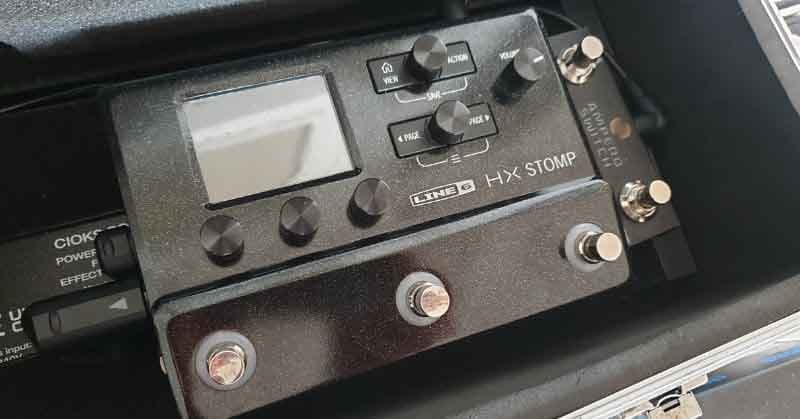
Now, I have a clear sound with the HX Stomp preamp doing its job the best possible way, with no coloring from other amps. We place the JBL in parallel with us or in the back of the stage with no serious feedback, thanks to the JBL’s built-in anti-feedback features. We can hear everything the audience is hearing with absolutely no need for monitors. Of course, I don’t get the valve-ish sound that the Quilter gives. It can produce huge, almost unbelievable stage volume for its size. But for the small gigs that we play on an everyday basis during hotter and hotter summers, I would say this setup is 70% easier than before.
Lighting
For lighting, we use 4 simple flat LED lights. We had to screw them to the T-bar for every gig because the lighting stand had a long T-bar, and with the LEDs connected, it was a problem to fit in our car. The main base was OK, but a bit bulky, and the travel length was longer than average.
After a little research, I found the Gravity LS TBTV 17 lighting stand, which has a much thinner construction, a short T-bar, and a TV spigot connection, which makes things easier. The stand is extremely sturdy and looks professional.
Now, the 4 lights are always connected to the T-bar and plugged into a power strip. All of this fits in a simple gig bag for mic stands. To set up the lights, all we have to do is open the main tripod stand, mount the T-bar with lights and power already connected, and plug the power cord from the power strip into an electrical socket.
Final thoughts
In this post, I have briefly summarized three important pieces of our band’s new gear setup for small gigs:
- New PA setup: JBL PRX One replacing two point source active speakers with stands, a mixer with router and tablet, and at least one monitor.
- Ampless guitar rig: Column PA system allows playing guitar without an amp and a monitor
- Lighting rig: Flat LED PARs are always fixed and easily mounted on the new low-profile sturdy lighting stand
Many guitarists would refuse to play without an amp, decent monitoring, and maybe more lighting fixtures. That is OK for bigger stages or when you’re younger, but when you start paying for all those incredibly heavy pieces of gear you’ve carried for years of gigging in the form of back problems or worse, you start thinking. I guess this is the main reason I started this blog: to help other musicians find solutions that are easier for them. In the end, it’s a delicate balance of what you want and what you need to get the job done.
